𝑻𝒉𝒆 𝑫𝒆 𝑻𝒐𝒎𝒂𝒔𝒐 𝑷𝒂𝒏𝒕𝒆𝒓𝒂 𝘛𝘩𝘦 𝘐𝘵𝘢𝘭𝘰 𝘈𝘮𝘦𝘳𝘪𝘤𝘢𝘯 𝘌𝘹𝘰𝘵𝘪𝘤 𝘛𝘩𝘢𝘵 𝘊𝘩𝘢𝘭𝘭𝘦𝘯𝘨𝘦𝘥 𝘍𝘦𝘳𝘳𝘢𝘳𝘪
The De Tomaso Pantera: The Italo-American Exotic That Challenged Ferrari
When it comes to exotic supercars of the 1970s, Ferrari and Lamborghini often steal the spotlight. But there was one bold, unconventional challenger that fused Italian style with American muscle — the De Tomaso Pantera. This Italo-American hybrid disrupted the European elite with its aggressive looks, powerful Ford V8 engine, and a rebellious attitude that turned heads across continents.
In this article, we’ll explore the history, design, performance, and legacy of the Pantera, and why it still captivates collectors and enthusiasts decades after its debut.
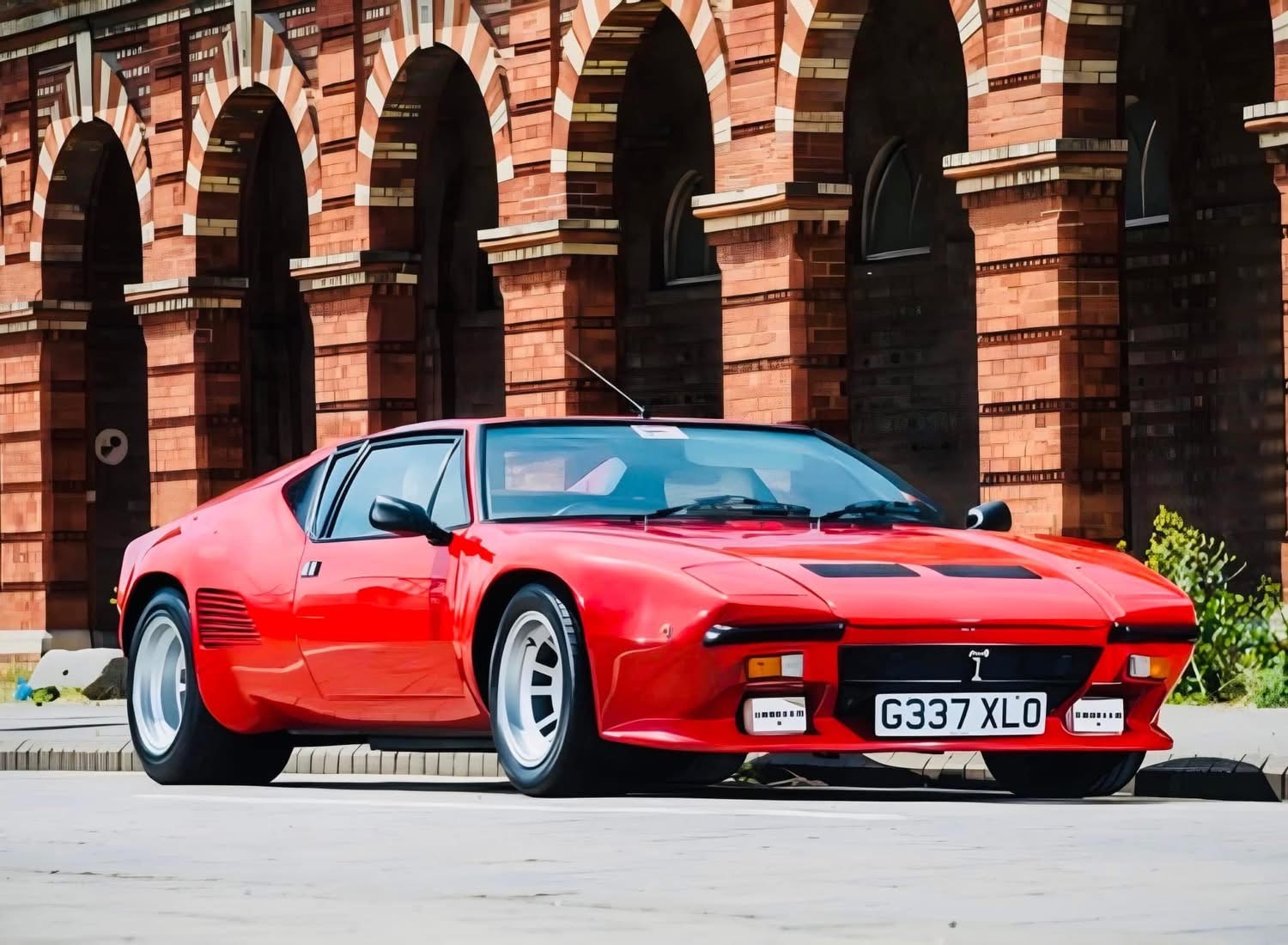
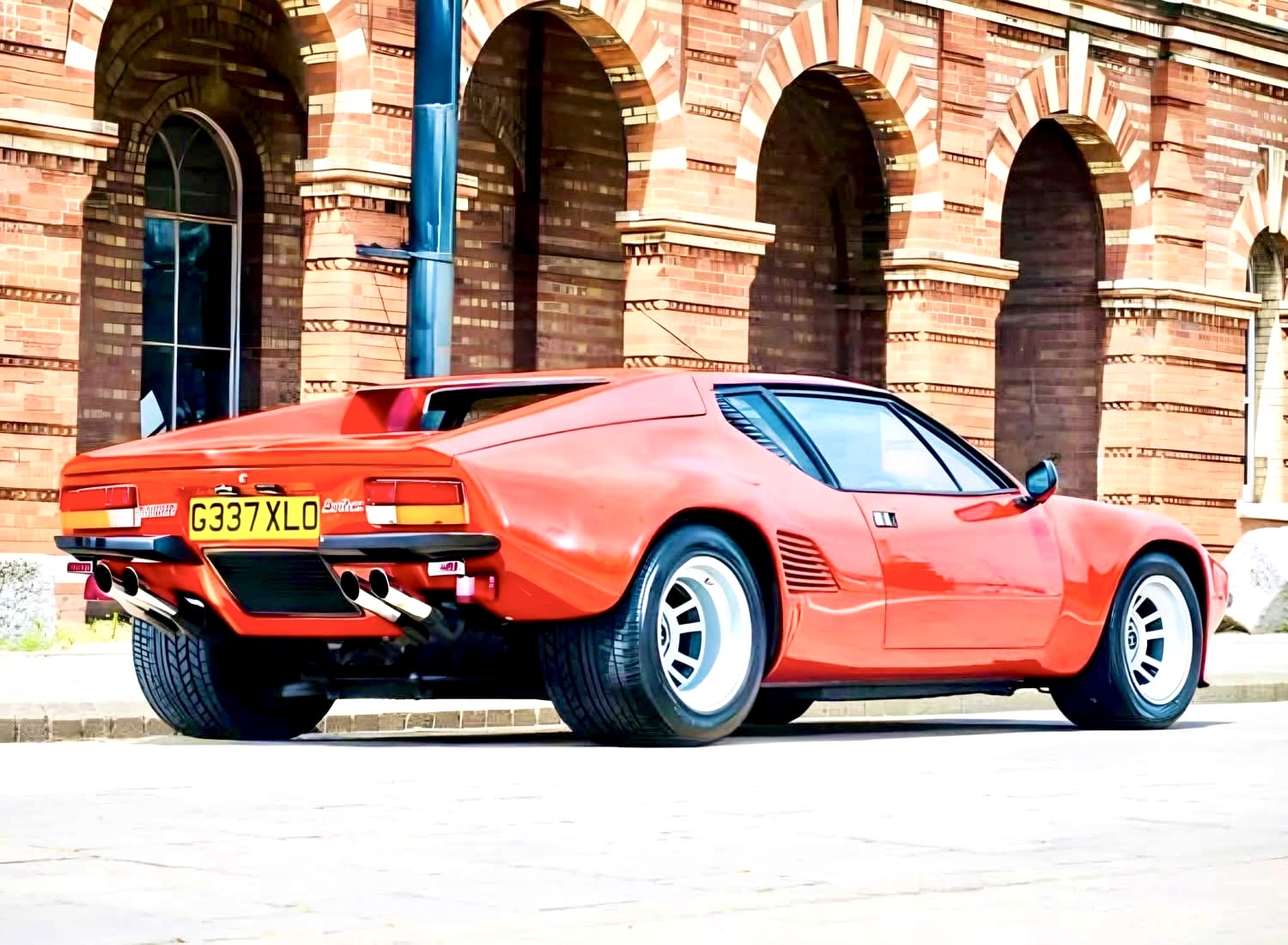
A Bold Vision: The Origins of the Pantera
The De Tomaso Pantera was born from the ambitious vision of Argentine-born racing driver and entrepreneur Alejandro de Tomaso. He founded De Tomaso Automobili in Modena, Italy — the heartland of Ferrari — and set out to build a mid-engine supercar that could combine European engineering finesse with reliable, high-output American powertrains.
After experimenting with limited-production models like the Vallelunga and Mangusta, De Tomaso unveiled the Pantera in 1970 at the New York Auto Show. It was immediately clear that this was no ordinary sports car. With sharp, angular lines penned by Tom Tjaarda of Ghia, and a roaring 351 cubic inch Ford Cleveland V8, the Pantera promised both exotic style and raw performance at a more accessible price.
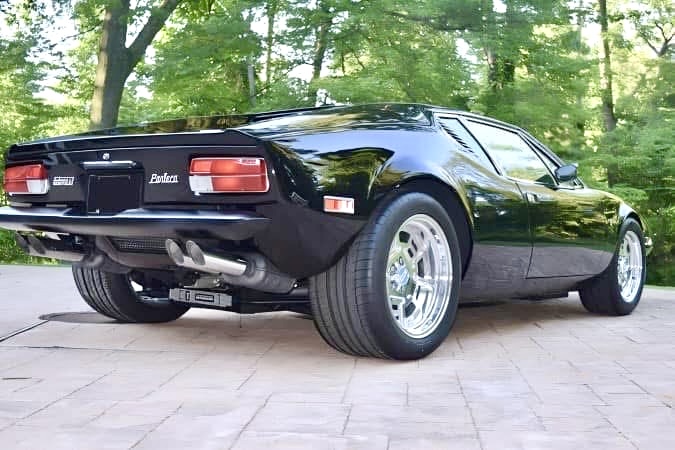

Ford’s Backing: A Unique Transatlantic Partnership
One of the most fascinating aspects of the Pantera’s story is its link with Ford Motor Company. In the late 1960s, Ford was desperate to compete with Ferrari on the global stage, especially after the GT40’s dominance at Le Mans. The company acquired a stake in De Tomaso and planned to sell the Pantera through Lincoln-Mercury dealerships in the U.S.
This partnership made the Pantera truly unique — it was hand-built in Italy but mass-distributed in America. For American buyers, the allure of a European exotic with the ease of Ford serviceability was irresistible. Over 5,500 Panteras were sold in the U.S. between 1971 and 1975, a remarkable number for an exotic car at the time.

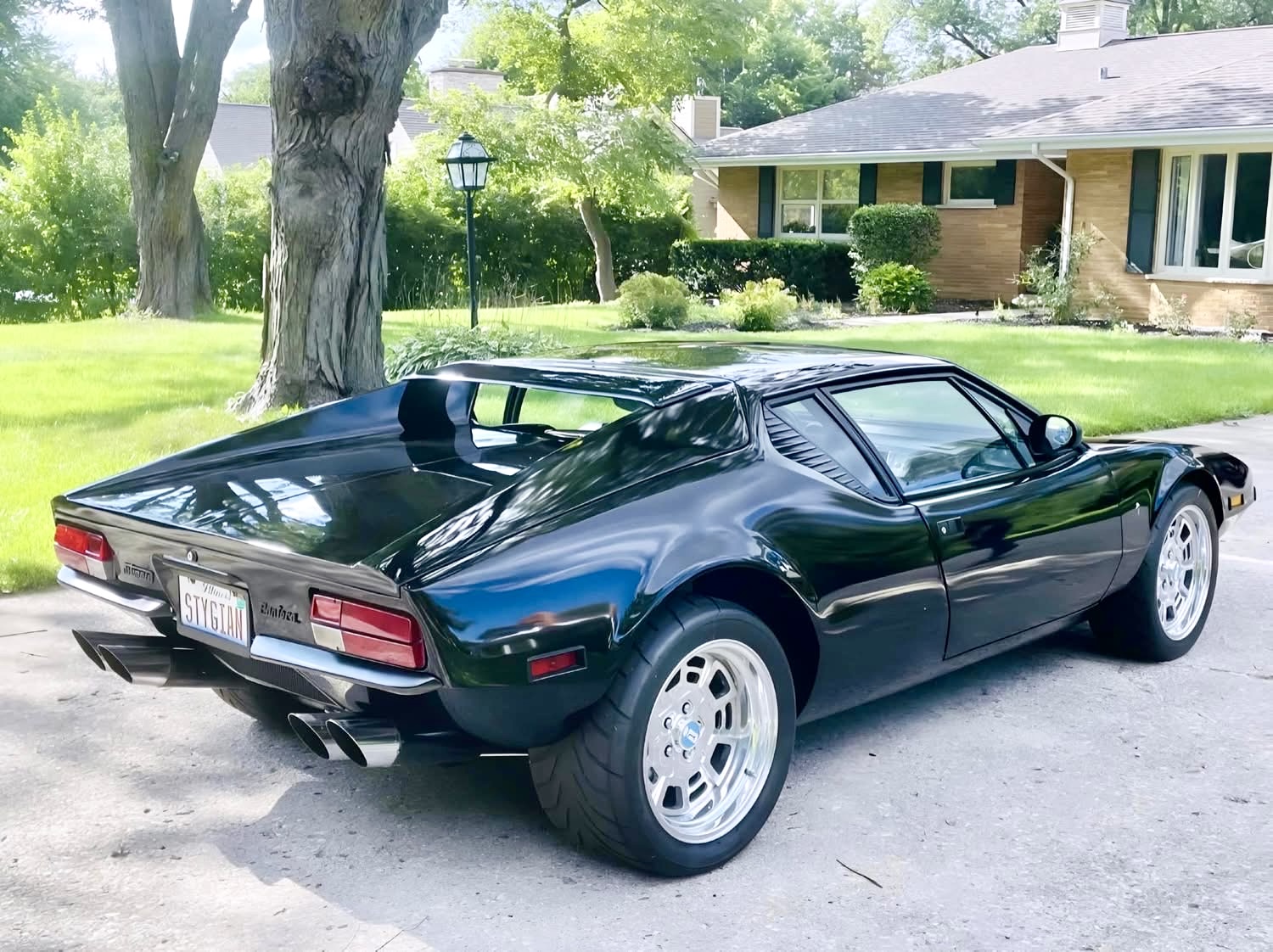
Design and Engineering: Exotic Yet Brutal
Visually, the Pantera stood out with its wedge-shaped silhouette, wide stance, and pop-up headlights. The body was constructed by Carrozzeria Vignale, while the chassis was a monocoque — rare for the time, especially in exotic cars.
Under the rear hood sat the mighty 5.8-liter V8, delivering around 330 horsepower in early models. The engine was mated to a ZF five-speed manual transaxle, giving the Pantera a top speed of over 150 mph and a 0–60 mph time under 6 seconds — serious numbers for the era.
While the Pantera wasn’t as refined as a Ferrari 365 GTB/4 Daytona, it offered brute-force performance and a driving experience that was raw, visceral, and unforgettable. Later versions, like the Pantera GTS and GT5, introduced flared fenders, larger wheels, and upgraded cooling and braking systems.
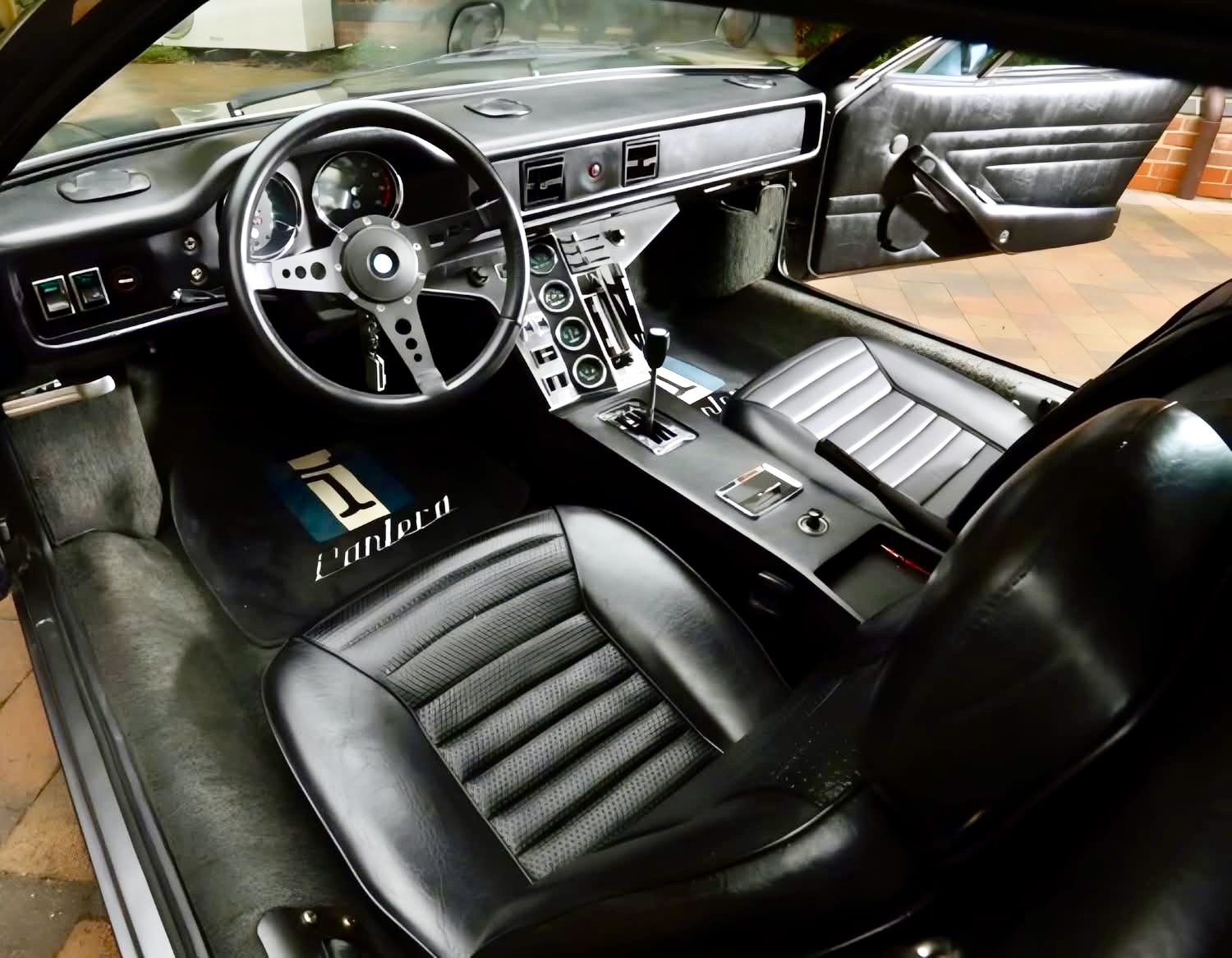

Challenges and Controversy
Despite its potential, the Pantera was not without issues. Early models were plagued by build quality problems, poor rust protection, and overheating — a common problem in hot U.S. climates. Ford grew frustrated with warranty claims and quality control, eventually pulling out of the partnership in 1975.
But the story didn’t end there. De Tomaso continued producing the Pantera in small numbers well into the 1990s, constantly improving the car with wider bodies, better suspension, and modernized interiors. The Pantera 90 Si, designed by Marcello Gandini, was the final evolution — a true limited-edition supercar with only 41 units built.
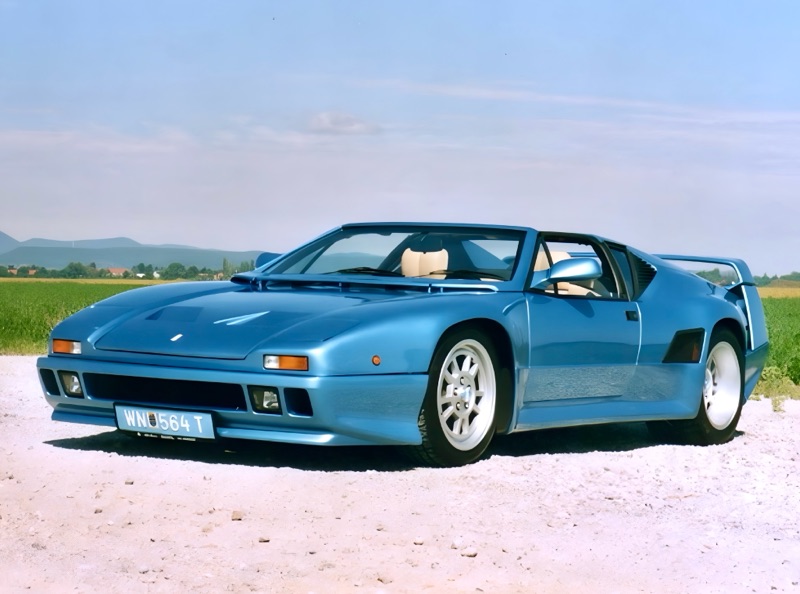
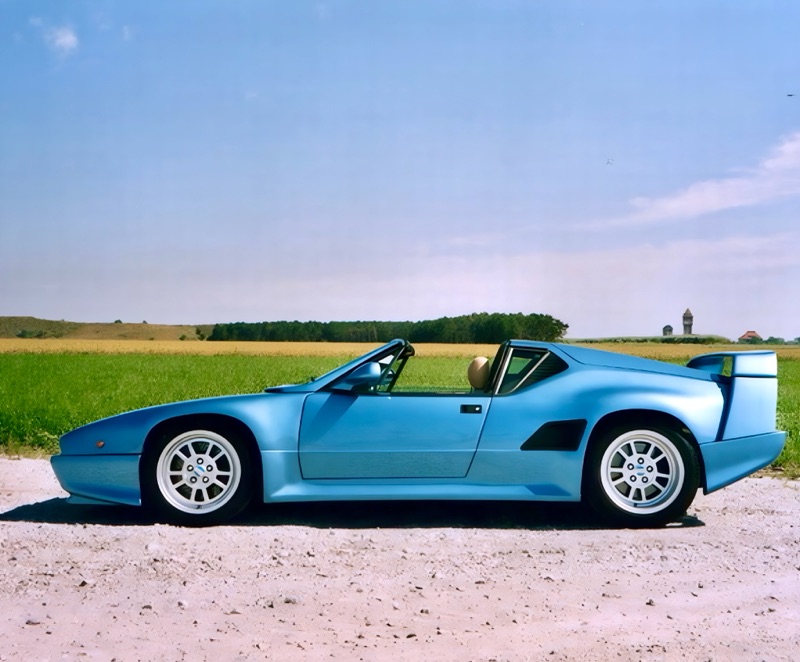
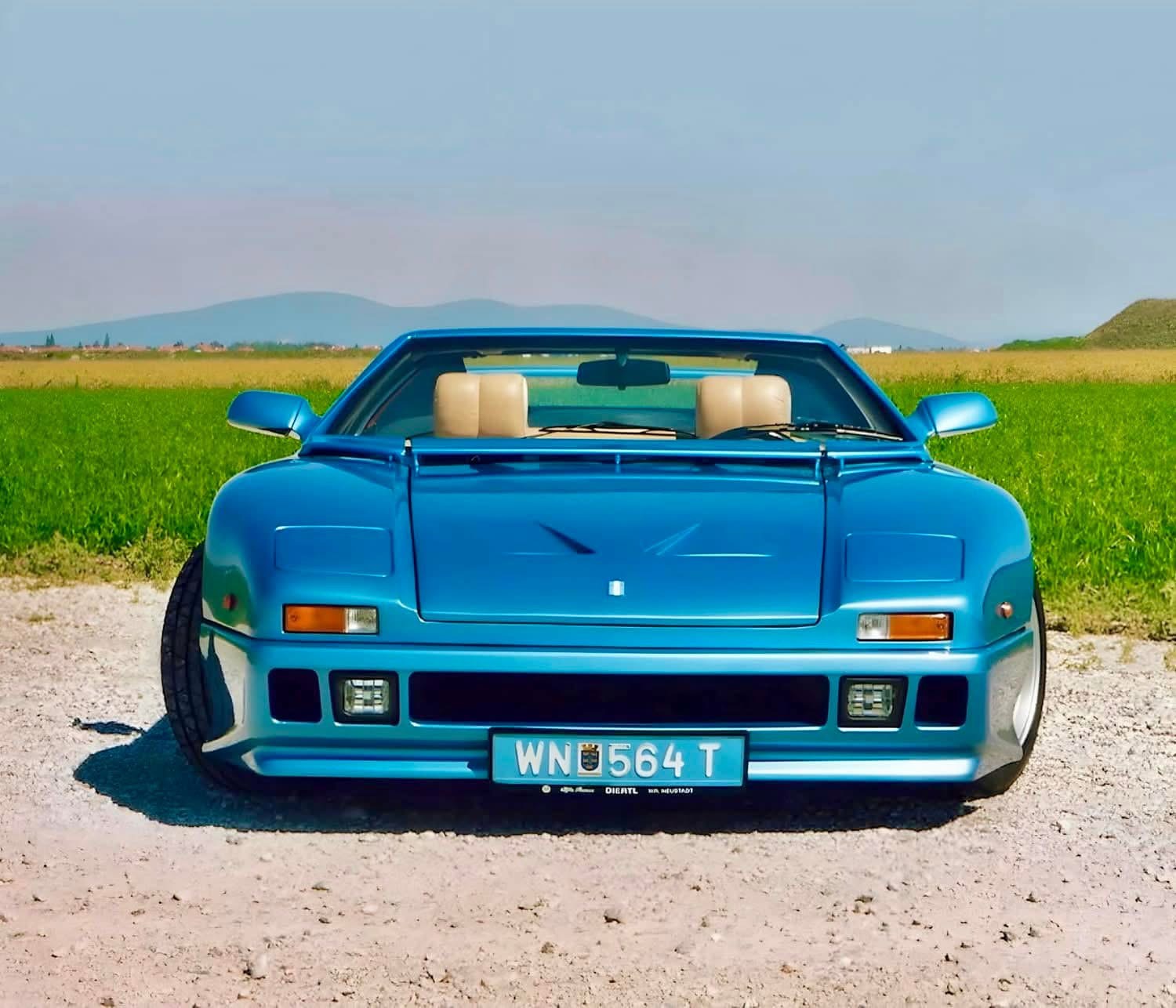
Legacy and Collectibility Today
Today, the De Tomaso Pantera holds a special place in the world of classic supercars. It represents a rare moment in automotive history when a small Italian marque, with the help of a global giant, dared to challenge the dominance of Ferrari and Lamborghini. Its unique mix of American V8 power and Italian styling makes it a favorite among collectors, especially as vintage values continue to rise.
Panteras are still frequently seen at classic car shows, vintage races, and auctions, where their aggressive styling and thunderous exhaust note continue to draw attention. For many enthusiasts, the Pantera isn’t just a car — it’s a symbol of bold, unconventional thinking and the golden age of analog performance.
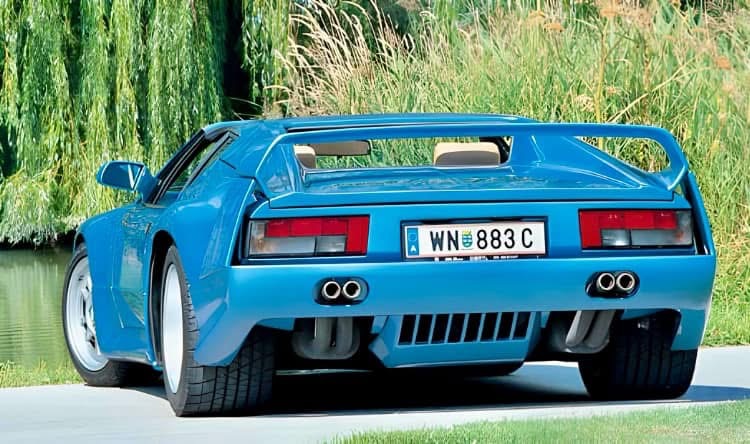
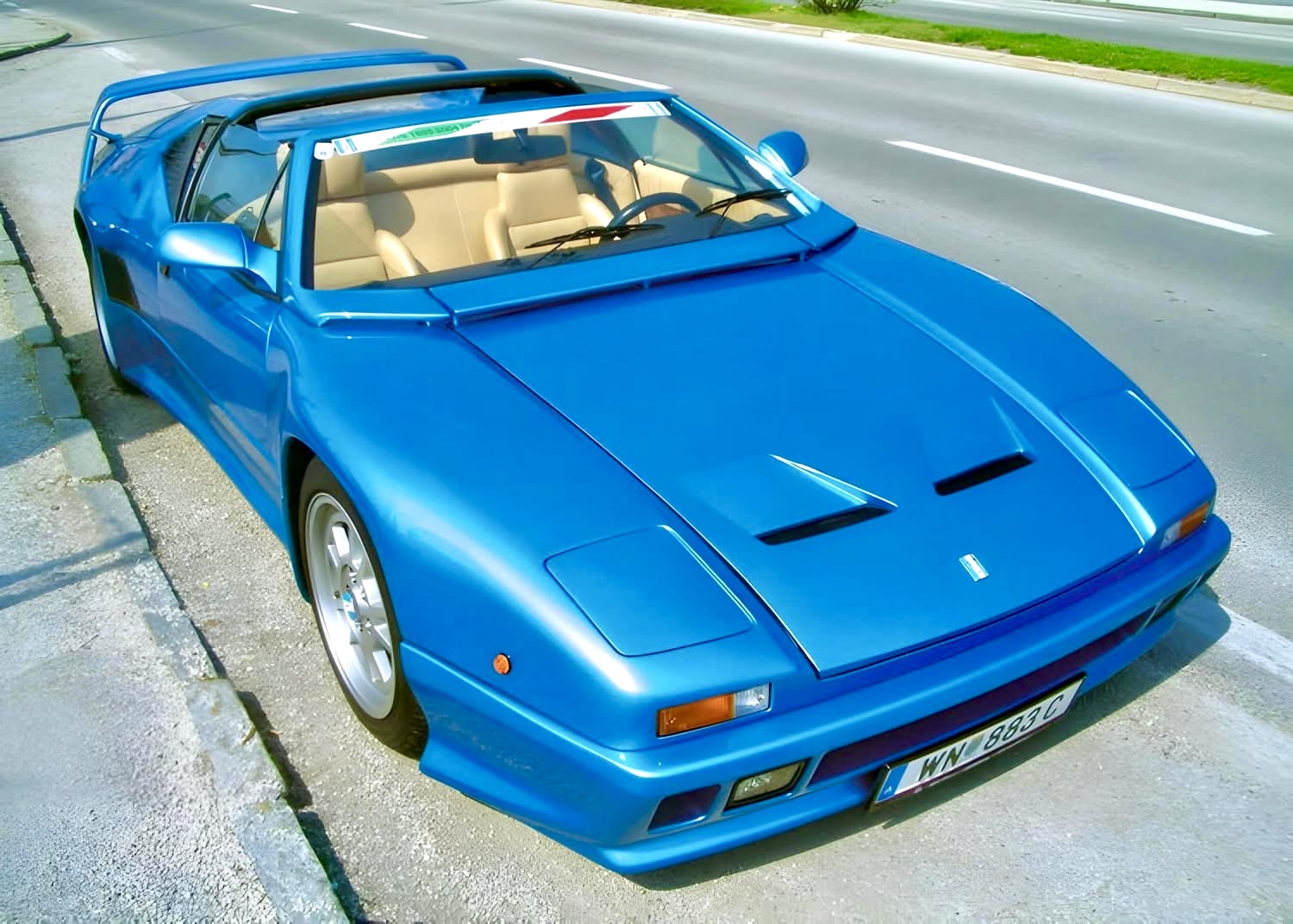
Conclusion: A Supercar That Refused to Be Tamed
The De Tomaso Pantera may never have outsold or outperformed Ferrari on a global scale, but it did something arguably more important — it redefined what a supercar could be. It offered passion without pretense, performance without fragility, and style with substance.
For gearheads who dream of something different, the Pantera remains one of the most compelling Italo-American machines ever built — a true exotic that roared in defiance of the establishment.
Comments
Post a Comment